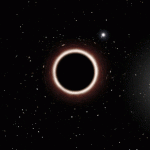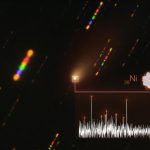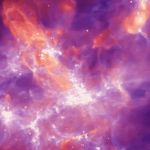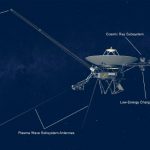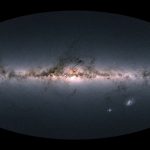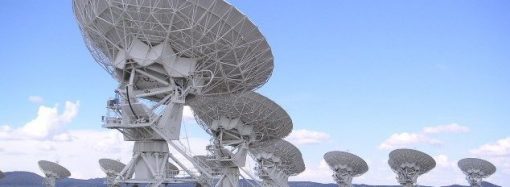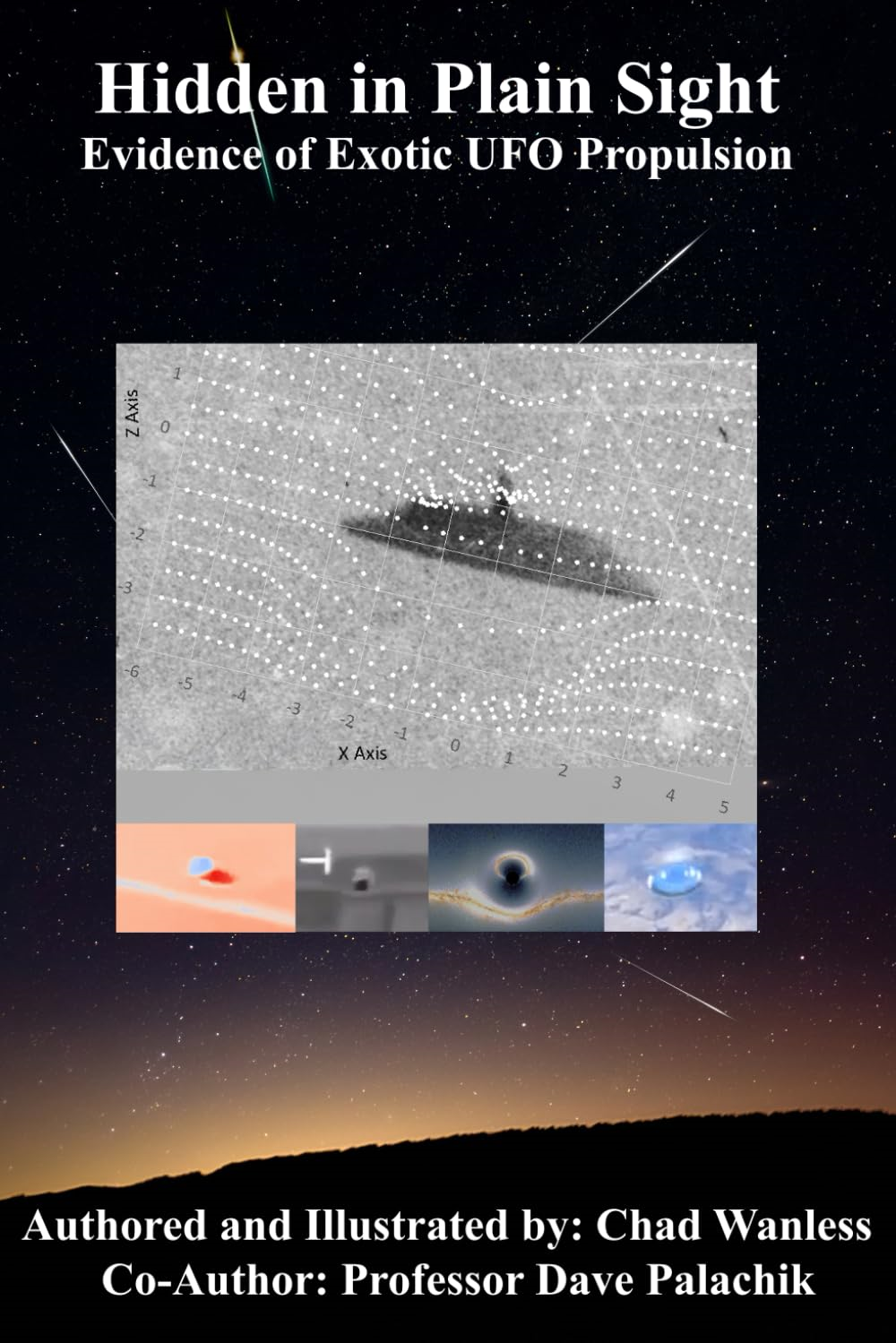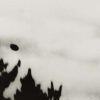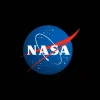Study reveals new details on what happened in the first microsecond of Big Bang0
- From Around the Web, Space
- May 24, 2021
Researchers from University of Copenhagen have investigated what happened to a specific kind of plasma—the first matter ever to be present—during the first microsecond of Big Bang. Their findings provide a piece of the puzzle to the evolution of the universe, as we know it today.



